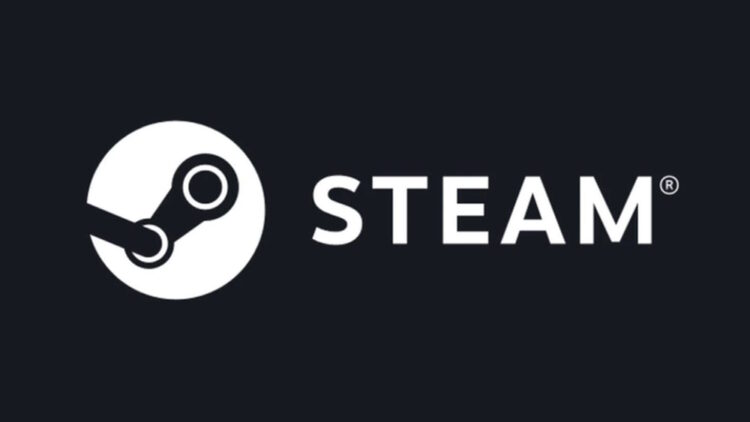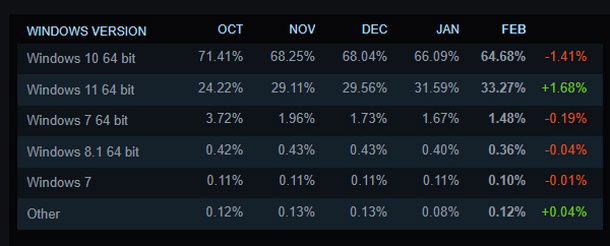Valve Software has announced that as of January 1, 2024, the Steam client will no longer support Windows 7 or Windows 8/8.1. If you’re using Steam on either Microsoft’s 7 or 8/8.1 operating systems, you’re going to be forced to upgrade to a newer OS by 2024. Thanks to Wario64 for pointing this out.
As of January 1 2024, Steam will officially stop supporting the Windows 7, Windows 8 and Windows 8.1 operating systems. After that date, the Steam Client will no longer run on those versions of Windows. In order to continue running Steam and any games or other products purchased through Steam, users will need to update to a more recent version of Windows.
The newest features in Steam rely on an embedded version of Google Chrome, which no longer functions on older versions of Windows. In addition, future versions of Steam will require Windows feature and security updates only present in Windows 10 and above.
Beyond that, both operating systems are well beyond their EOL (End of Life) support cycles and aren’t supported by Microsoft. They don’t receive any more updates or security releases, and that makes them susceptible to newer viruses and compromises, and they won’t be upgraded to support new technologies, which happens to be the case for why the Steam client will no longer work with either Windows 7 or Windows 8/8.1 as of 2024.
On the one hand, I can see why people haven’t upgraded. Windows 7 was rock solid for PC gaming, and while it took Windows 8 to reach the same point, it’s equally reliable. However, more and more gamers have already migrated over to at least Windows 10.
Ironically, more are moving to Windows 11 than Windows 10, which had a 70% rate in October 2022, now at 65%. If you take a look at Steam’s most recent hardware and software survey, you’ll notice that over 60% are on Windows 10, with another 32% on Windows 11. That leaves just over 1% on Windows 7, and even less than that on Windows 8/8.1Gamersrs have already gotten the message and abandoned the outdated operating systems over the past few months.
Given that Windows 10 and Windows 11 support newer technology that benefits gamers, such as DirectX 12, DirectStorage, and Auto HDR, it’s no wonder why more and more and flocking to either Windows 10 or Windows 11. This, more than anything, gave Valve Software the ammo it needed to eventually pull the plug on supporting the older operating systems.
So, if you’re still on Windows 7 or 8/8.1, perhaps now is the time to jump to Windows 10 or 11. Keep in mind that if you’re running older hardware, specifically hardware that doesn’t support TPM 2.0 (Trusted Platform Module) and Secure Boot, perhaps until you get newer hardware, stay away from Windows 11.



